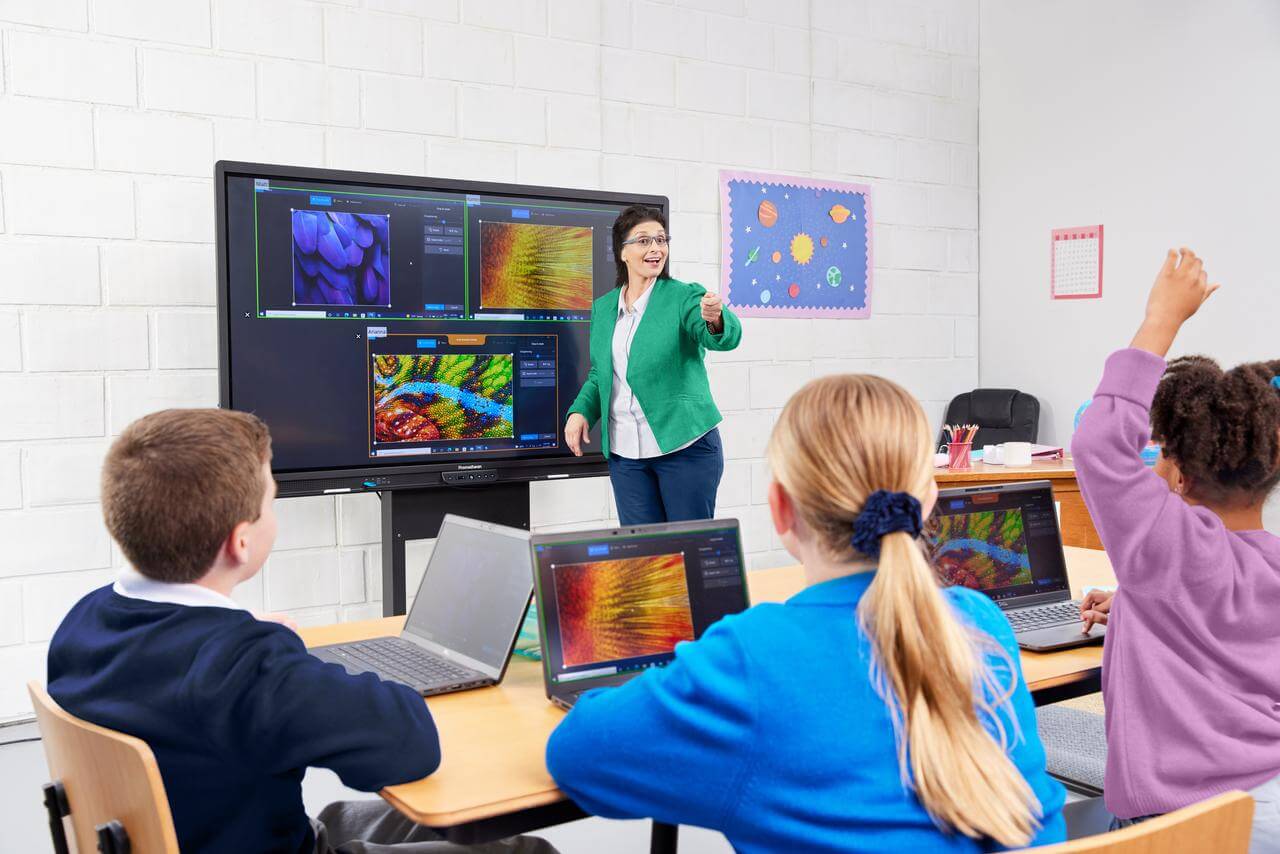Discover the Best Primary Science Tuition Singapore for Your Learning Journey
Discover the Best Primary Science Tuition Singapore for Your Learning Journey
Blog Article
A Comprehensive Guide to the Various Understanding Approaches in Main Science Guideline
The exploration of diverse discovering approaches in primary science direction offers an opportunity for educators to improve trainee interaction and understanding significantly. By analyzing hands-on discovering techniques, inquiry-based methods, and collective methods, we can determine efficient methods that provide to different discovering designs.

Hands-On Learning Techniques
Hands-on knowing methods play a crucial role in main science direction, involving trainees in energetic expedition and testing. These techniques permit students to interact directly with sensations and products, cultivating a much deeper understanding of clinical ideas. By using manipulatives, models, and real-life experiments, educators develop a setting where pupils can observe, assume, and check their ideas.
Such methods not only improve comprehension but also grow critical reasoning and analytical skills. When students join activities like developing basic equipments, planting seeds, or performing chemical responses, they are motivated to ask inquiries and look for responses through their very own monitorings. This experiential method helps to debunk complicated clinical principles, making them more obtainable and relatable.
Moreover, hands-on discovering promotes collaboration amongst peers, as trainees usually function in groups to perform experiments or share findings. This synergy not only enhances their discovering experience but also develops vital social abilities. Inevitably, incorporating hands-on techniques in key scientific research direction cultivates a lifelong love of understanding and interest about the environment, laying a strong structure for future scholastic searches in scientific research and past.
Inquiry-Based Knowing
Inquiry-based knowing is an educational technique that motivates students to ask inquiries, explore sensations, and create their own understanding of clinical concepts. This method shifts the focus from typical teacher-led direction to an extra student-centered experience, where learners take the campaign in their instructional trip. By promoting curiosity, inquiry-based knowing promotes much deeper involvement with the product, enabling pupils to explore topics in a significant context.
In technique, this strategy frequently includes hands-on experiments, monitorings, and essential thinking tasks that straighten very closely with the clinical approach. Pupils are urged to create theories, layout investigations, and analyze data, which cultivates important skills such as analytical and analytic thinking. The duty of the teacher in this structure is to help with expedition, assisting students with the questions procedure while motivating independent thought and collaboration.
Furthermore, inquiry-based learning supports a feeling of ownership over the knowing process, motivating students to seek expertise actively. This method not just improves understanding of scientific principles yet likewise promotes a lifelong love for understanding, outfitting trainees with the skills needed to navigate an increasingly intricate world.
Collaborative Knowing Approaches
Collective understanding methods encourage pupils to engage in significant communications with peers, fostering a common duty for their educational outcomes. In main scientific research guideline, these strategies encourage learners to work with each other to explore scientific concepts, resolve issues, and carry out experiments (primary science tuition Singapore). By getting involved in team tasks, students can take advantage of diverse point of views, enabling for richer understanding and retention of clinical expertise
One trick facet of joint understanding is the focus on communication skills. Students should articulate their thoughts, listen proactively to others, and bargain concepts, every one of which are essential competencies in both academic and real-world contexts. This social communication not just boosts their understanding of clinical principles but additionally advertises team effort and problem resolution abilities.
In addition, collective discovering typically results in enhanced motivation and engagement. They are more most likely to take possession of their knowing journey when trainees see the worth of their payments within a team. Educators can promote this process by creating organized team tasks that align with educational program goals while providing support on efficient cooperation methods. Overall, including collaborative learning techniques in primary scientific research instruction grows a dynamic discovering environment that prepares trainees for future scholastic and social difficulties.
Innovation Integration in Science
The assimilation of technology in primary science direction boosts learning experiences by offering ingenious devices and resources that support different mentor methods, consisting of collaborative knowing - primary science tuition Singapore. The use of electronic systems, simulations, and interactive applications permits students to engage deeply with scientific ideas, facilitating a more hands-on method to discovering
Online labs, as an example, allow learners to perform experiments securely and successfully, advertising inquiry-based understanding. These devices can imitate real-world clinical situations, enabling trainees to imagine complex processes that would certainly be hard to reproduce in a typical class setting. Technology fosters communication and collaboration amongst trainees, as they can share findings and function together on projects through online systems.
Furthermore, multimedia presentations and instructional videos can improve lessons by accommodating diverse understanding styles, making abstract concepts more accessible. Information analysis devices also encourage students to accumulate and interpret clinical data, reinforcing vital assuming skills. On the whole, Continue the calculated incorporation of innovation in primary science guideline not only boosts interaction but likewise prepares pupils for a technically innovative society, furnishing them with essential abilities for future clinical endeavors.
Set Apart Direction Methods
Differentiated direction methods are essential for attending to the varied demands of learners in primary science education and learning. These techniques allow instructors to customize their teaching methods to fit differing capacities, interests, and learning styles within the class. By using differentiated direction, instructors can produce a comprehensive setting that cultivates involvement and boosts understanding of scientific concepts.
One reliable strategy is to make use of adaptable organizing, which permits pupils to team up with click now peers at comparable skill levels or with differing perspectives. This technique urges peer understanding and advertises essential reasoning. In addition, supplying options in tasks can equip students, allowing them to choose projects that resonate with their passions while still satisfying curricular goals.
Furthermore, incorporating tiered jobs is one more important technique. By designing jobs with differing levels of complexity, instructors can make sure that all students are suitably tested, no matter their effectiveness. Using formative evaluations to gauge recognizing additional enables educators to change their educational techniques dynamically, guaranteeing that each student receives the assistance they require.
Eventually, implementing separated instruction approaches in main scientific research education not just improves pupil discovering end results but also cultivates an enthusiasm for scientific research, preparing trainees for future scholastic pursuits.

Conclusion
In recap, reliable key scientific research instruction necessitates a diverse technique that includes hands-on understanding, inquiry-based approaches, and joint strategies. The integration of technology and differentiated instruction further caters to diverse knowing styles, fostering an environment helpful to expedition and essential reasoning.
The expedition of diverse knowing methods in primary scientific research instruction presents a possibility for instructors to improve trainee engagement and understanding significantly.Hands-on understanding strategies play an essential role in primary scientific research direction, engaging students in energetic expedition and testing.Inquiry-based learning is an educational technique that motivates pupils to ask concerns, examine sensations, and create their own understanding of clinical principles.Joint learn the facts here now discovering methods encourage pupils to engage in purposeful communications with peers, promoting a common obligation for their instructional results. Overall, incorporating collaborative understanding approaches in main science instruction grows a dynamic understanding environment that prepares trainees for future scholastic and social challenges.
Report this page